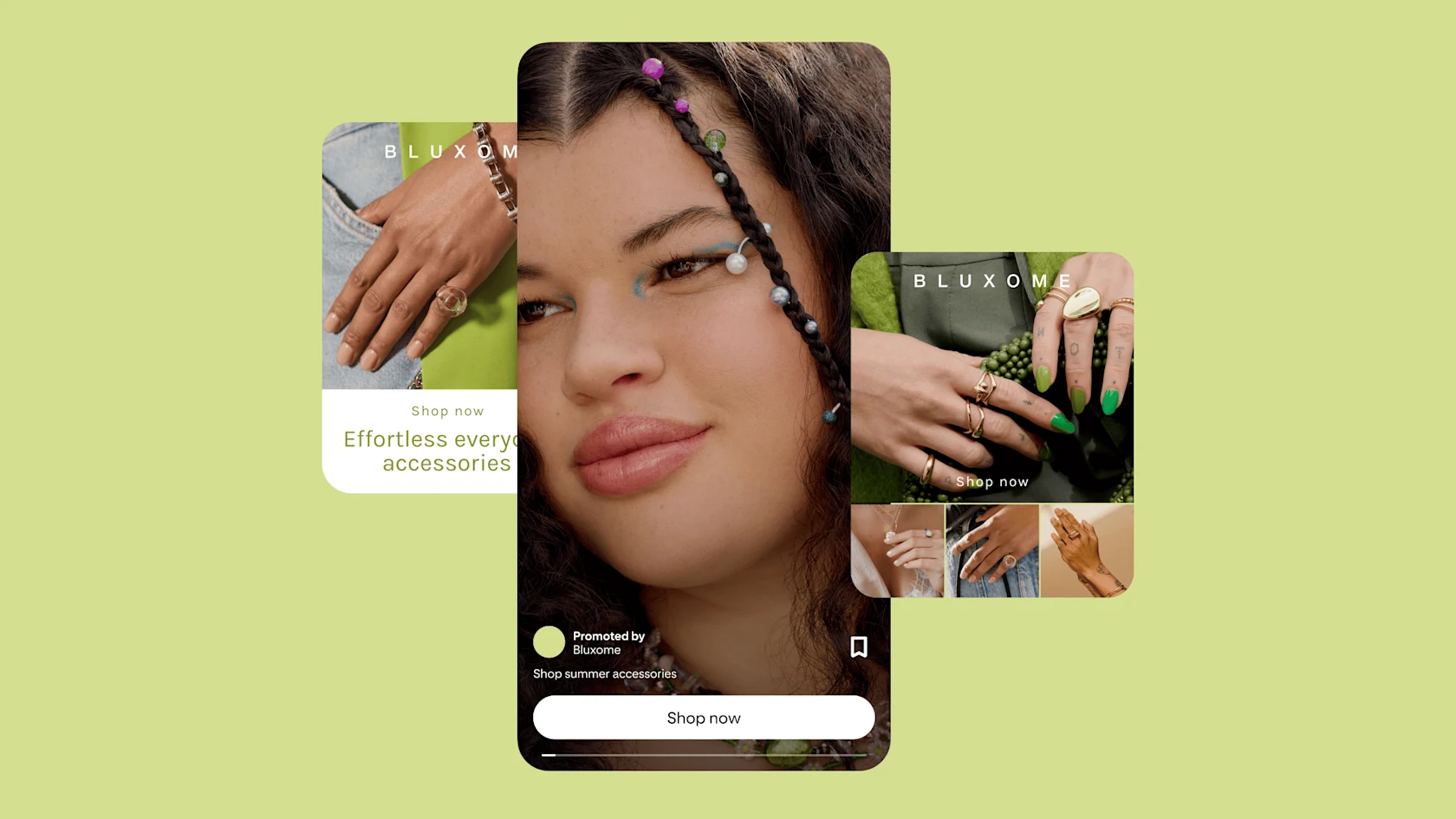The other AI: Authentic Ideas
June 27, 2024 — Xanthe Wells, VP of Global Creative, Pinterest
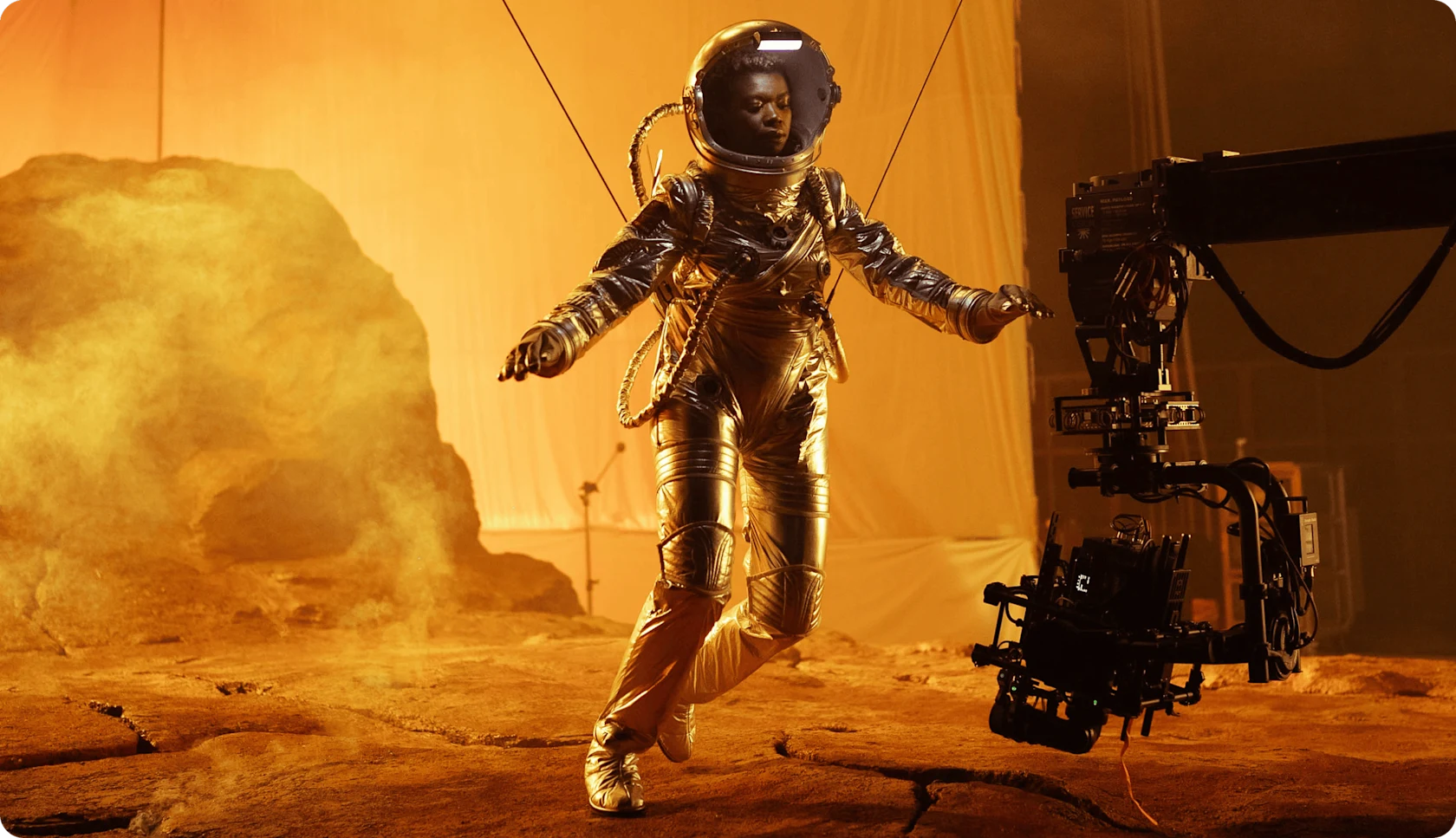
AI was the undeniable “It Girl” of Cannes last week. She was all anyone wanted to hear from, it seemed. She trotted up and down the Croisette with an air of sparkling confidence, working her way from panels to yachts to villas, evangelizing the marvels of machine-made marketing, while industry vets and newbies sized her up excitedly. At night, she hid away, obsessively scrolling her feeds looking for mentions of her name—AI, AI, AI—she couldn’t get enough of the attention.
When Pedigree won the Grand Prix for their "Adoptable" campaign, she grabbed her phone and reposted the team’s win with a quick humblebrag. After all: AI was at the center of their effort to increase pet adoptions. With machine learning, they transformed plain pictures of shelter dogs into quality studio photos. So she puffed out her chest, and took the credit.
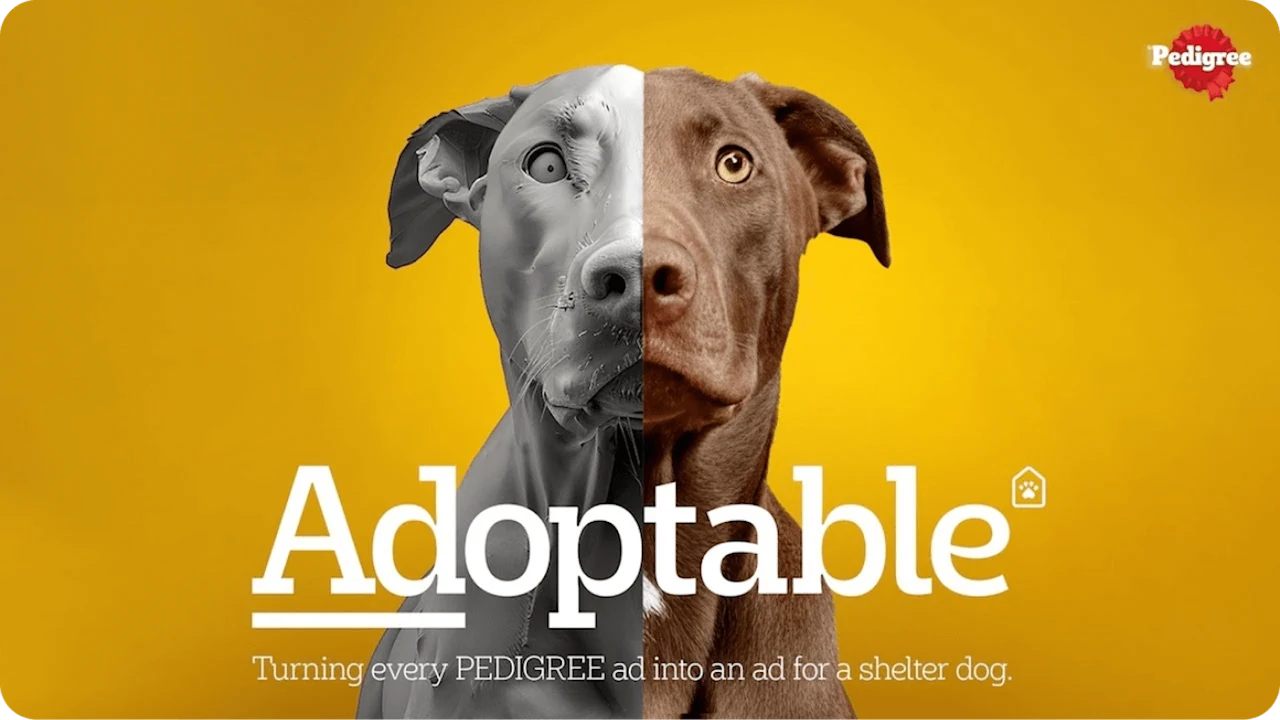
“First of many! 🏆🏆🏆 #WatchMeWin!”
—@AI.It.Gurl
She was sure AI would be the backbone of every single winning campaign, but something curious happened as the week went on. During the day, AI heard her name thousands of times during keynotes and panels, but at night, during the awards ceremonies, the industry turned its attention to something else. Something less coiffed, less perfect: Genuine, natural, authentic ideas.
There was no mistaking it—these kinds of ideas were everywhere. As winners took the stage, all attention turned to human creativity and expression. Prize after prize, beautiful, smart concepts were winning. And sometimes, there wasn't a single mention of AI in how these ideas were built.
We want to see the brushstrokes
“Did real people actually do that with a paintbrush?!” our AI “It Girl” exclaimed when “Thanks for Coke-Creating” won a Gold Lion in Industry Craft. Coca-Cola’s campaign featured hand-painted versions of their iconic logo, which became the basis for print, out of home and even packaging. It was brave and eye-catching work. And it looked nothing like the designs coming from her other AI friends. It was less slick. Less precious. And then she realized—that’s exactly why people loved it so much.
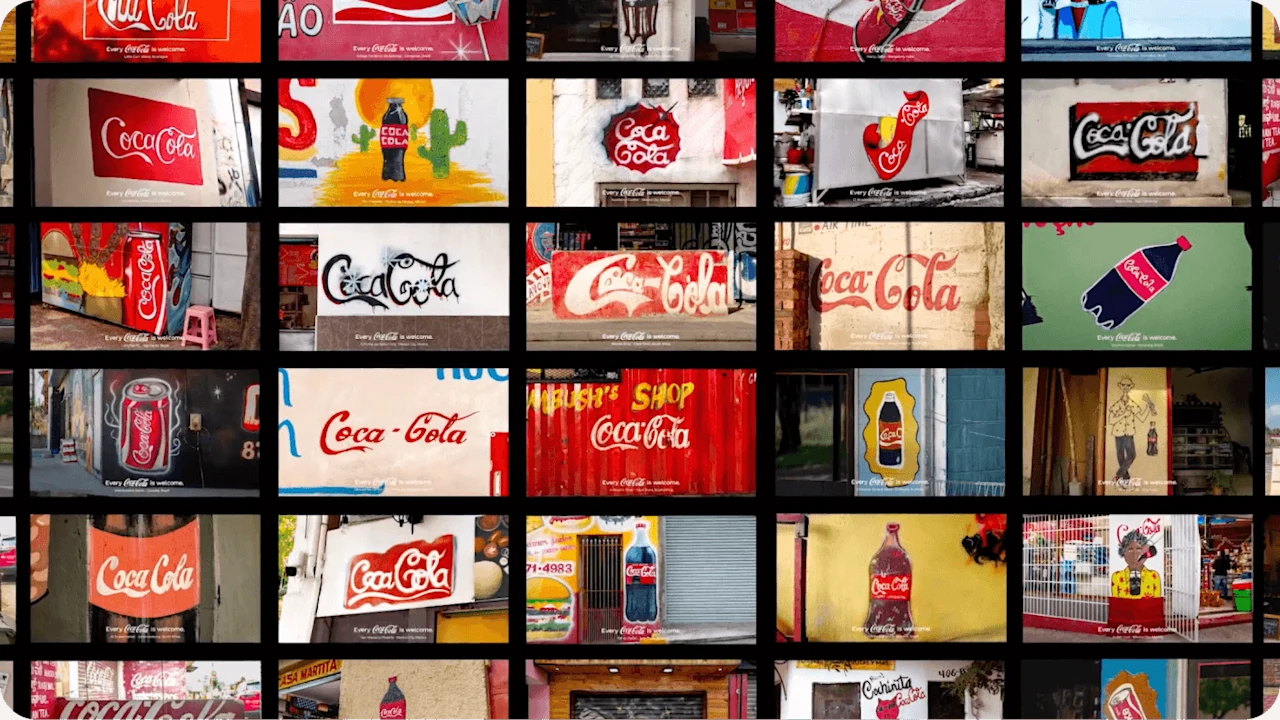

“@Coca-Cola 🙋🏻♀️ I could have done that... but, like, better.”
—@AI.It.Gurl
The Victoria and Albert Museum’s campaign, “If you’re into it, it’s in the V&A,” also brought a handmade feel to the forefront with an expertly crafted campaign that ranged from a silver etching to the back of a punk leather jacket.
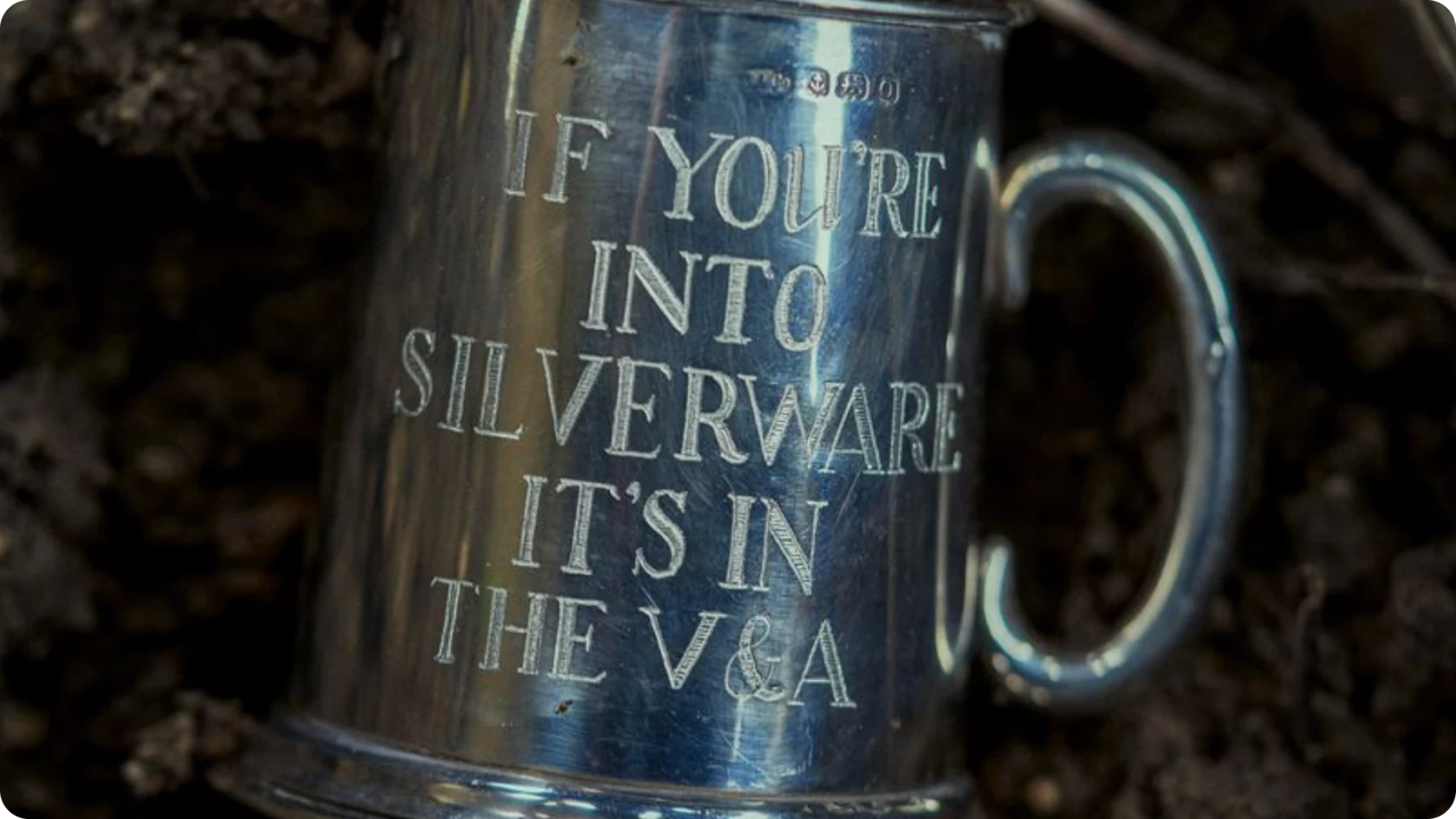
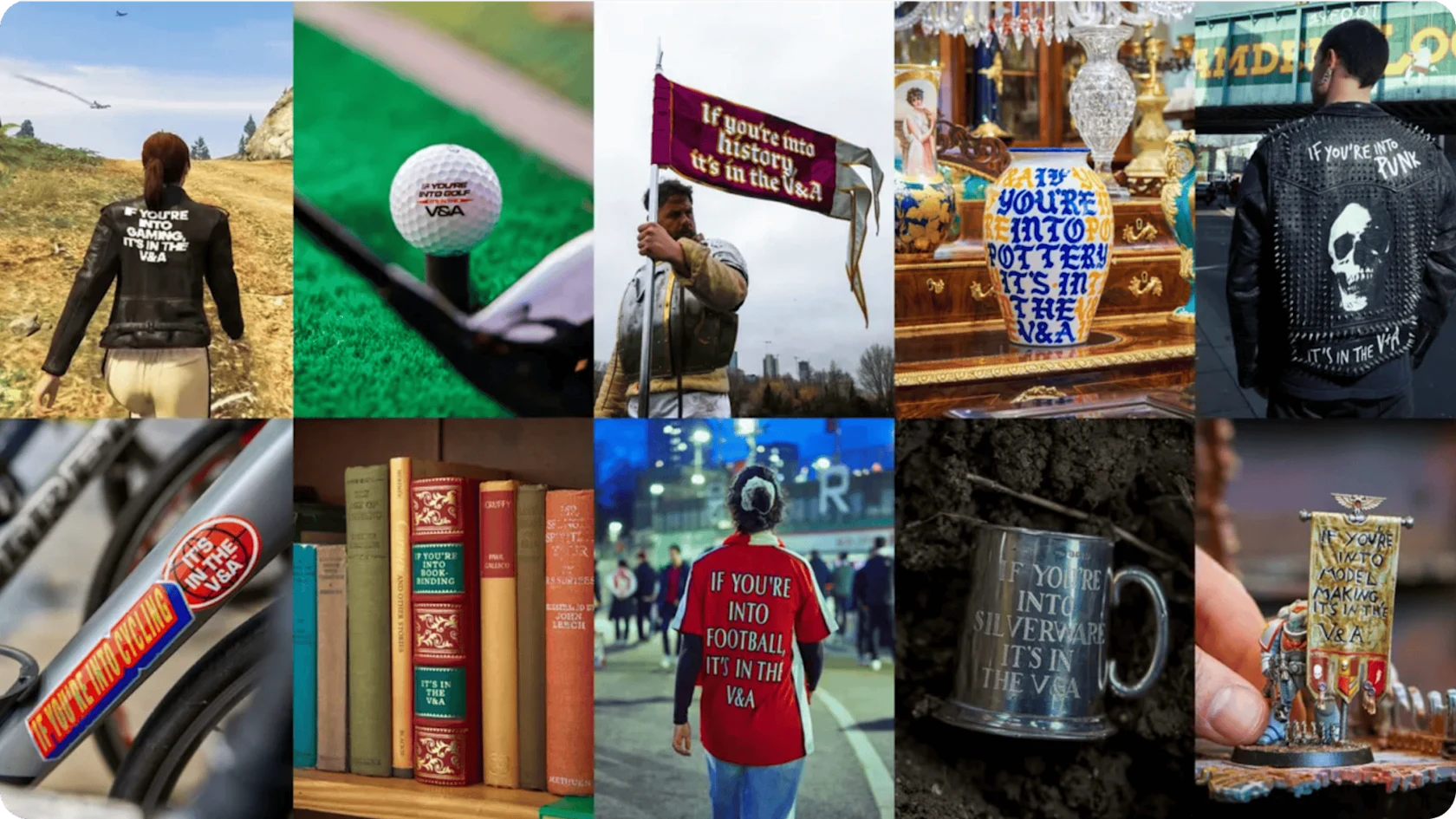
The French campaign from DDB for the Musée de la Grande Guerre featured hand-sewn typography stitched with red thread on white bandages, reminiscent of the materials nurses used in WWI. The attention to detail helped tell the story, weaving in a level of craft that truly inspires.
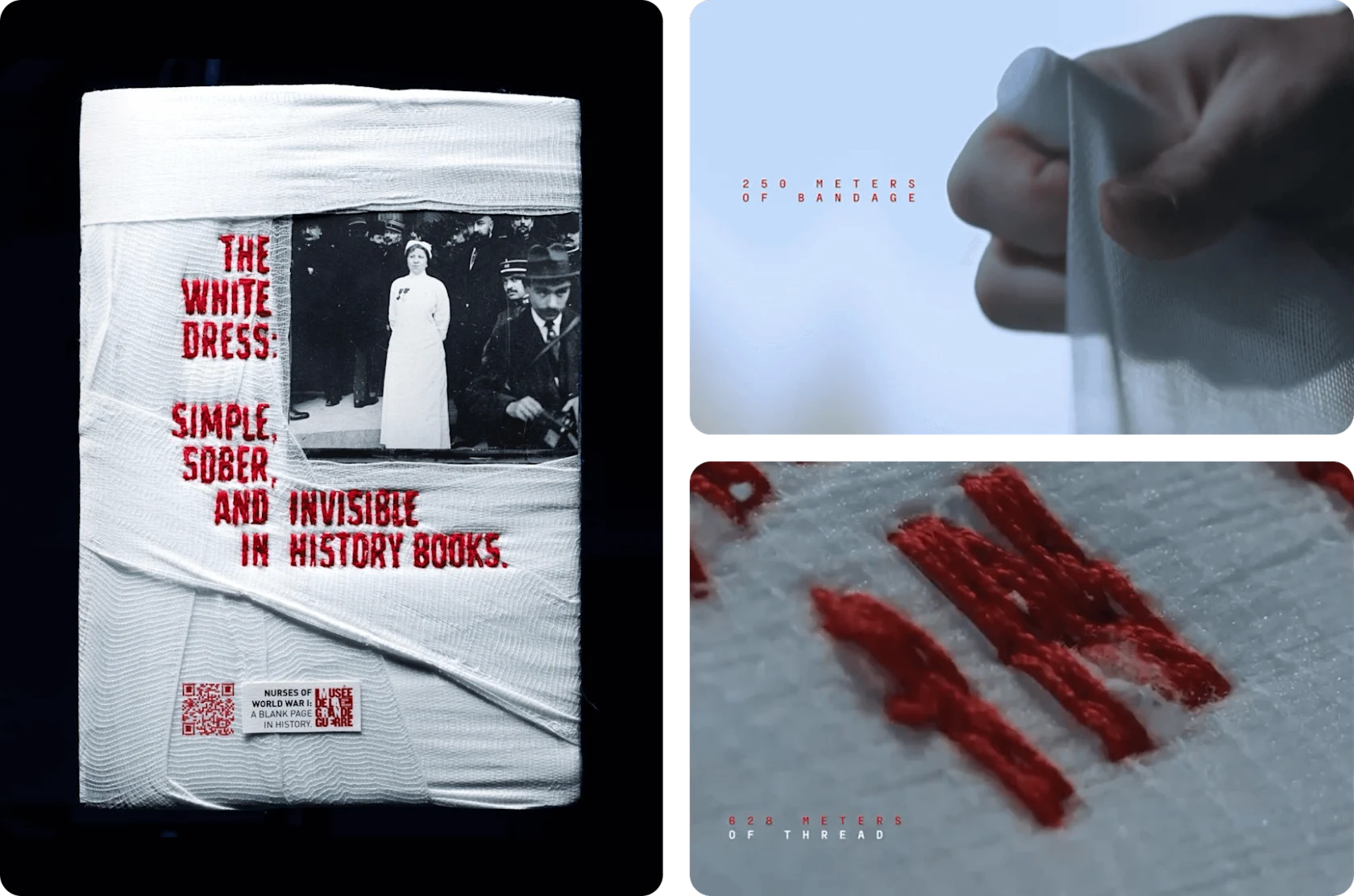
For our own brand campaign this year, we made the deliberate decision to shoot as much as we could practically because so much of the Pinterest experience is about getting out into the real world and doing things. We wanted our campaign to feel as real as possible. We purposely gave the campaign a handmade feel in order to better represent the truth of our brand and connect to the audience in a deeper way.
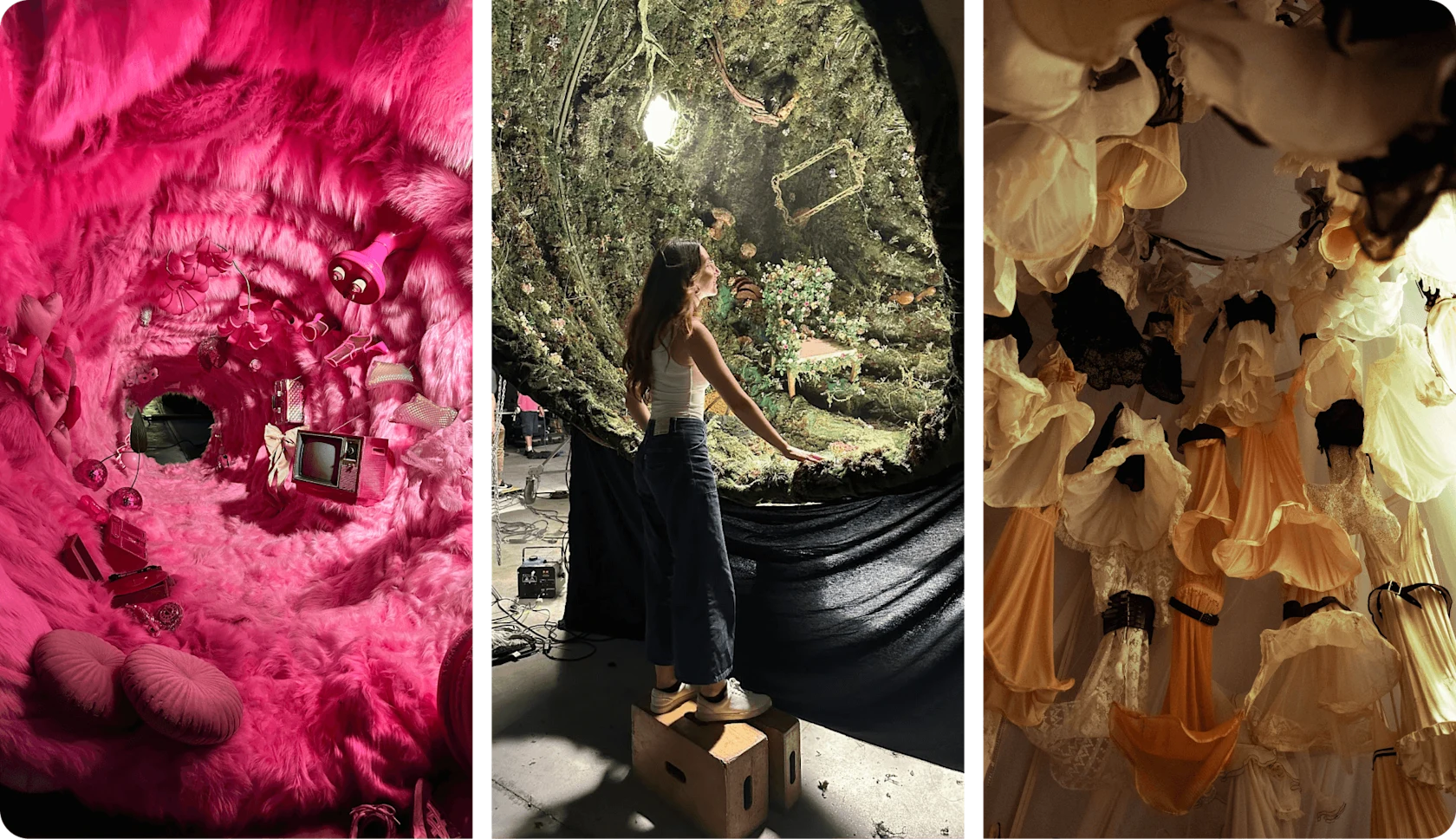
Pinterest "Find Your Aesthetic"


Pinterest "Whatever You're Into"
Reflecting on the work I’ve seen recently, it’s clear that we’re starting to put a premium on work that shows a human touch. There’s a reason people stand so close to oil paintings in museums—seeing the brushstrokes of an artist connects us as humans. We’re seeing a true resurgence of handmade elements and deep attention to detail, showing a perfect counterfoil to the technology around us.
The newest of the new tech isn’t always fresh
During the press conference for the Design Craft Lions, Jury President Kentaro Kimura of Hakuhodo shared an account of the jury’s debate for the Grand Prix. They were deciding between two campaigns: One that relied on the latest tech in AI, AR and real-time data visualization, and one that used older technology. “Unanimously…we decided to celebrate great human creativity rather than the great use of technology,” Kimura said.
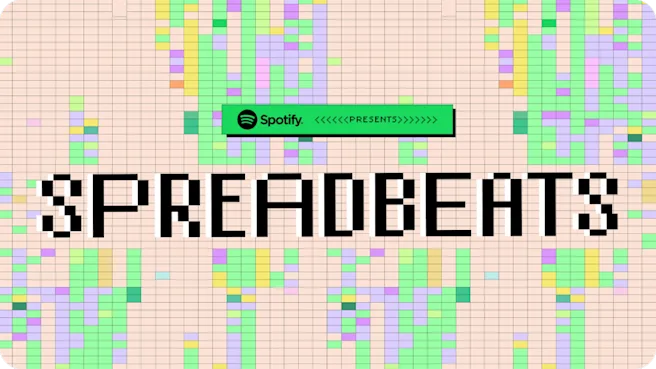

That creativity came from Spotify, who won the Grand Prix for “Spreadbeats,” a music video created and distributed entirely within a media plan spreadsheet. In their case study, the creative team talked about using “digital archeology” to figure out an inventive way to code the experience into a 10MB Microsoft Excel file. They hit a roadblock “until a solution from the 70s emerged.” Turning to the past helped them crack a challenge in a new way.
“70s tech FTW? 🙄 I’m right here, guys!”
—@AI.It.Gurl
AI can make space for more big thinking
Our list of deliverables seem to grow by the day, and there isn’t a creative out there that doesn’t want reprieve from the endless stock photo searches, grammar edits and versioning. There are hundreds of laborious tasks that take us away from thinking about how to craft the ideas we put out into the world.
Those are the kinds of tasks that are actually perfect for this prolific, enticing “It Girl” of AI. It can actually give us space to be more creative, if we use it right.
I encourage my team to use AI tools for productivity and scaling small tasks, so they have more space for big thinking. Instead of resizing images for every single placement and channel, our digital team can start brainstorming on their next brief and spend more time on human-to-human, expert-to-expert collaboration.
And AI can do more than save us time. One of the biggest creative opportunities with AI is how it often leads us down a creative path we may not have otherwise considered. A creative or marketer might enter with one nugget of an idea and leave with something completely new. AI can very likely up-level our creative output just by unlocking new ideas. Prototyping and selling through ideas has also become so much easier with AI tools that help us visualize and communicate abstract ideas quickly and cheaply.
“I eat LLMs for breakfast. 🥣”
—@AI.It.Gurl
We can’t push a button and come up with a great idea (yet).
We may be dancing with the belle of the ball, AI, but at the deepest level, we’re still in love with ideas. And ideas often have very important jobs to do, like helping visually impaired people better navigate cities or supporting transgender women as they transition. However, human ideas come with plenty of inefficiencies. Sometimes they might take weeks or months to develop. As project managers can attest, ideas born from human ingenuity don’t always develop on a linear timeline. They may unfold slowly over days, as the human brain synthesizes thousands of inputs to create something wholly new.
We’ll never know if Dove’s brilliant line “When did 10 stop looking like 10?” came to someone on the team in a flash of brilliance, or if it surfaced on round 24 of creative development. But it’s a poignant line that cuts to the bone for anyone with a young daughter. In a simple execution, it says it all.

Sometimes it’s an unexpected twist on a tired trope, or a combination of old and new. Ideas aren’t measured on volume or tonnage either, they are measured in quality.
Sometimes ideas and technology are on brilliant display together as partners in the storytelling, like the brilliant “WoMen’s Football” campaign from Marcel, which used VFX to flip stereotypes on their head. In one elegant creative swing, the triumphant piece showed that women can play just as well, if not better, than men. These kinds of ideas change how we see ourselves. How our children see themselves.
The supremely humble outdoor campaign from JCDecaux called “Meet Marina Prieto” emerged from thousands of entries in the B2B category and wound up earning top honors. Their OOH ads showed social media posts from a non-famous grandma, celebrating her everyday life. It was the opposite of razzle-dazzle, shock design—and it proved that we do indeed still look at OOH placements. It just has to be differentiated enough to catch our eye. Sometimes quiet work can be the loudest.

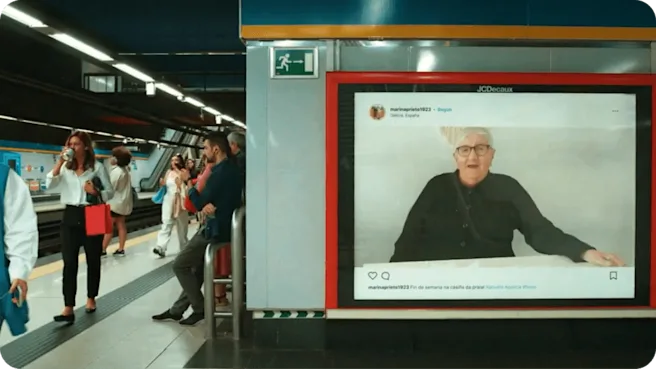
“Ok, but...what prompt did you use?”
—@AI.It.Gurl
In our fast paced world filled with a dizzying amount of content, it’s amazing how much something that is well-crafted can stand out. Leo Burnett’s sophisticated work for the NBA in India stood out for its symphonic composition in black and white. The way you find the iconic silhouettes of the athletes in the photography of the campaign is sublime.
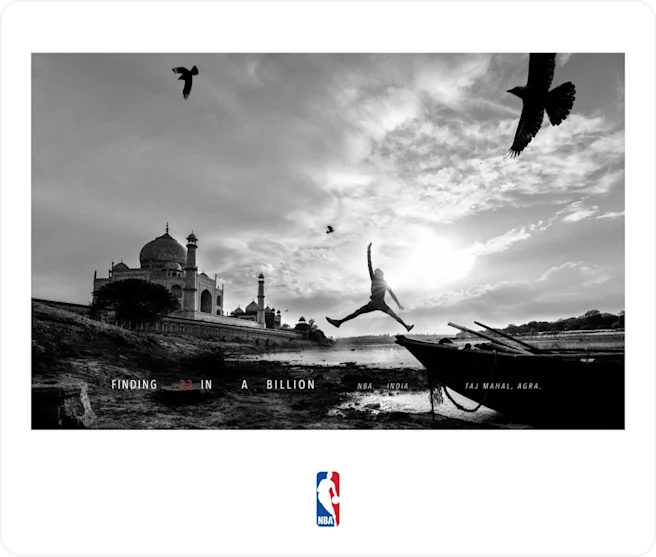
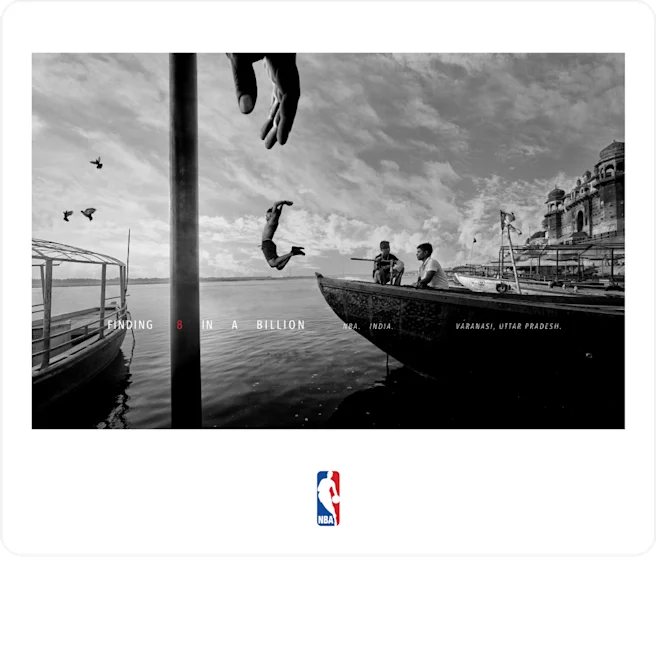
While AI might be our industry’s new “It Girl,” the creative concept is still queen. AI is one of the most vastly inspiring creative tools we have ever had, but our thirst remains high for ideas with the mark of human insight, ingenuity and touch.
What I love most about AI is what it makes possible now that wasn’t possible before. Brilliant ideas that might have stayed crumpled and forgotten in a creative’s notebook are now able to get the gravity assist they need to become real because of the staggering horsepower of AI.
As it stands, we can’t yet push a button to come up with a campaign. Maybe we will be able to someday, but for now, I hope we can protect and preserve the oft-inefficient, delightfully unpredictable process of creative development. Because oh, what a joy it is when we come up with something the world has never seen before.


